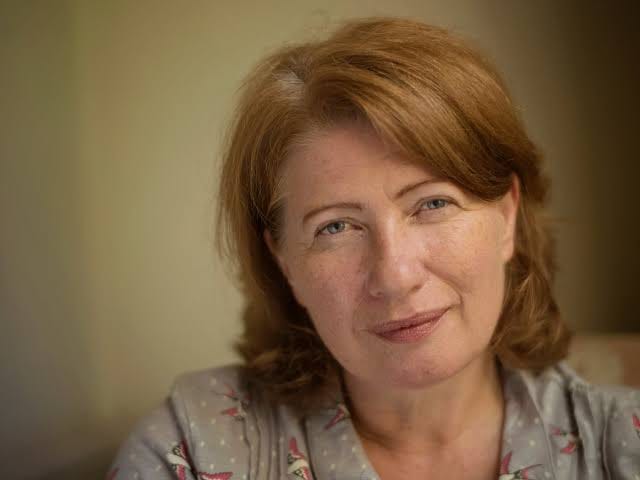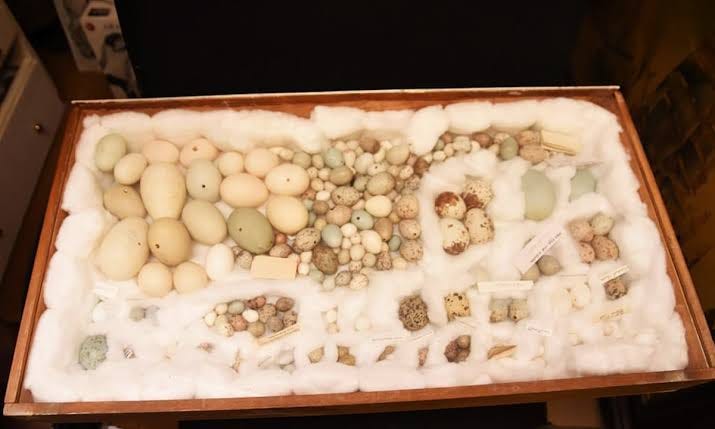Book Review: The Impossible Thing by Belinda Bauer
During the nineteenth and early twentieth centuries, collection of the eggs of wild birds, or oology, was considered a respectable hobby among the affluent British. There were egg collectors who had thousands of eggs of different kinds in their collection, and a rare egg was valued highly. Scientific study was used as an excuse by greedy connoisseurs of the hobby to justify their obsession. When the decline in the number of wild birds was attributed to oology, it was made illegal, and several collections were seized by law enforcement agencies. But there still exists a strong black market dealing in rare kinds of eggs.
The Impossible Thing is a novel written by Belinda Bauer, featuring Patrick Fort, her improbable hero with autistic issues, who is forced to search for an egg stolen by some intruders from his friend Nick. While on the search, they learn that it may be the Metland Egg, one of the set of thirty, considered as a holy grail of egg collectors and obtained from a single guillemot bird before the Second World War. In 1926, a desperate and poverty-stricken girl, Celie, climbs down a cliff, which even professional climbers who collect eggs from cliffs fear to try. She manages to get a rare blood-red-colored egg, which changes her life and that of several others for good or for bad.
The novel is narrated in a non-linear style, interspersing the events from the past and present. While the narrative from the past unfolds the history of the Metland Egg and the effect that it has on everyone associated with it, the present strand of narration describes the effort of Patrick and Nick to track the stolen egg. The plot has an abundance of hidden 'eggs,' both literal and metaphorical. While the protagonists of the novel are on a quest involving a set of missing eggs, the writer has cleverly concealed several 'eggs' in the narrative for the attentive reader to discover, some of which are elementary in providing closure.
There is a delicate sensitivity that the writer uses in framing her characters. Like an ethical arbitrator, she gives everyone enough space to present their part of the story and lets the reader hear them, however ridiculous and superficial they may sound. This approach makes us more interested and invested in these people and makes the experience a lot more wholesome. The writer is also able to maintain ambiguity about certain characters and spring some surprises on the reader. This sensitivity is also instrumental in making a complex character like Patrick, who is neurodivergent and struggling to understand basic social interactions while maintaining a keen and clinical mental processing capacity, relatable to the reader.
One of the major themes explored in the novel is the obsession of humans over material objects and how it could create an atmosphere of greed and exploitation. There are two kinds of characters in the novel: those who collect and those who suffer for the collector's obsession. The main victim in the entire story is the mother guillemot bird, whose every egg was stolen over a period of several years. The thief is Celie, but she is also essentially another victim, like every climmer who risks their lives on cliffs to quench the greed of some rich man obsessing over an empty shell.
The plight of the mother bird from whom eggs are stolen is used as a powerful and recurring motif throughout the novel. It symbolizes every exploitative action done by greedy characters for their pleasure. We find several characters facing harsh realities of life even when their most important things are taken away from them.
Take the portions about war recruitment, for example. The recruiting officer, himself a victim, is obsessed with enlisting more men. So he ignores the age limit or the law that prohibits farmers. He behaves like an egg collector who isn't concerned about the damage he is doing. Another related motif is the 'fatherlessness' that plagues most of the characters, which creates in them an emptiness like the elusive eggshells in the stor
Belinda Bauer uses humor very smartly in the novel. We find it especially effective in two situations. While dealing with the rich collectors, she takes a departure from her usual style and paints them in caricaturist 'Wodehousian' colors, giving them a pompous and pretentious air, which, when deflated by failure to grab the Metland Egg, exposes their fallible ego. She also portrays the friendship between Patrick and Nick with a heavy dose of quirky humor and contrasts between their lifestyles. Their friendship, which is a major plot point, gets more relatability when portrayed with humor and wit.
While the novel excels in several aspects and paints a brilliant historical picture of the illegal oological scene, I wasn't much impressed by the mystery-solving part of the story. It reminds me of the old Hardy Boys kind of adventures, where there is a simplicity in wrapping things up. I feel a mystery spanning around a hundred years and concerning an enigmatic object that's real, as per the author, deserved a much more interesting mystery arc. In every other aspect, the novel is a winner and an absorbing read.
I received a review copy of the book from its publisher, Grove Atlantic, through NetGalley.






